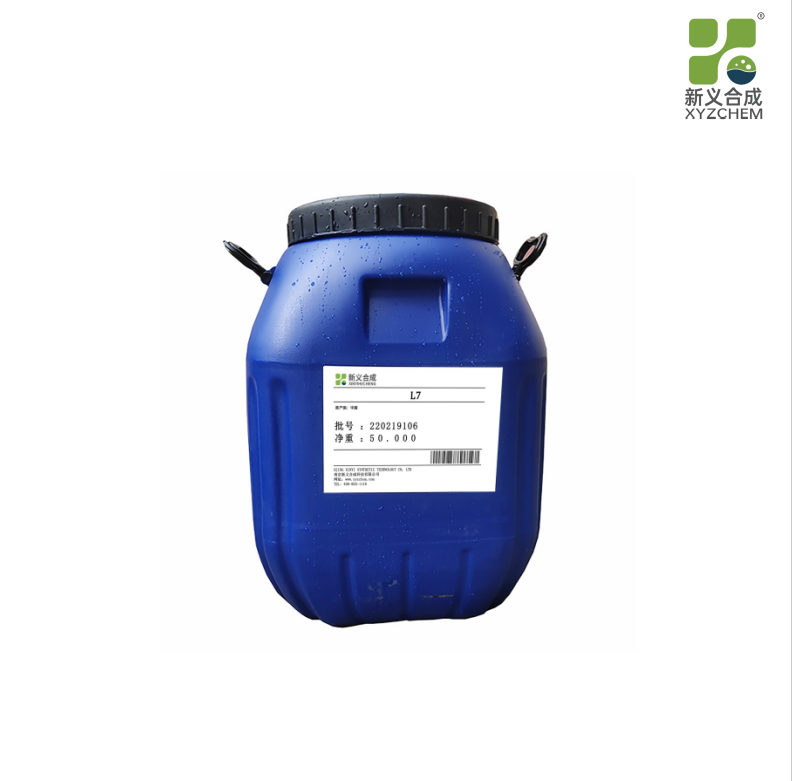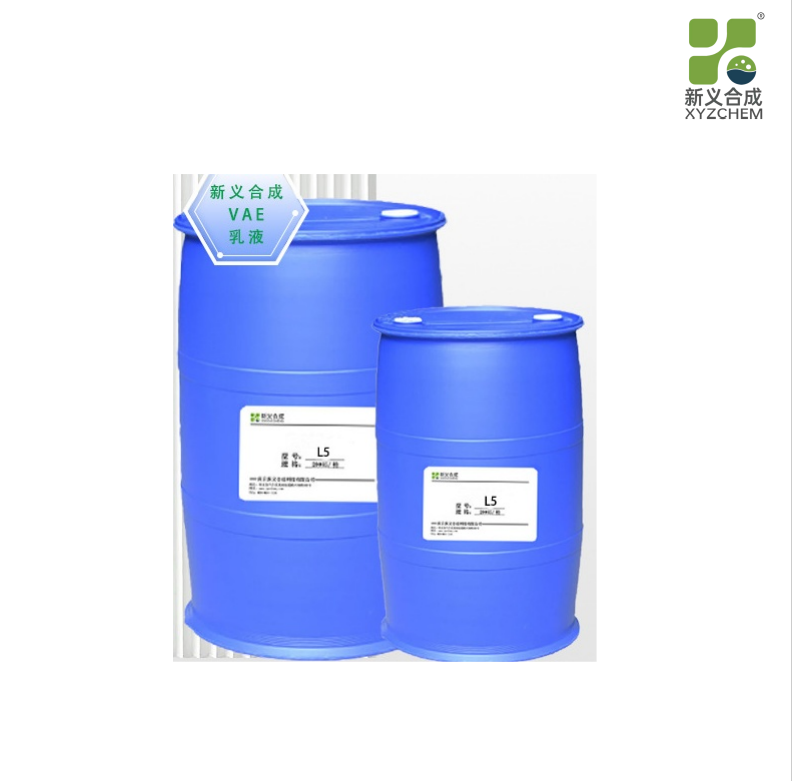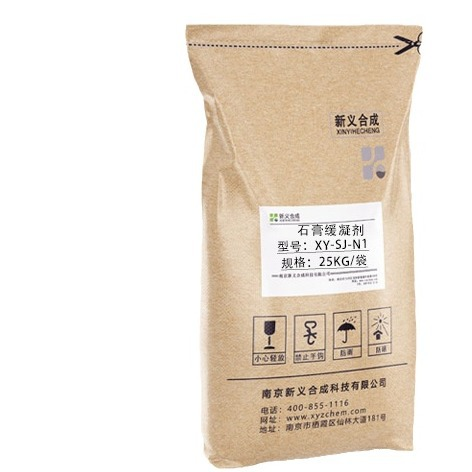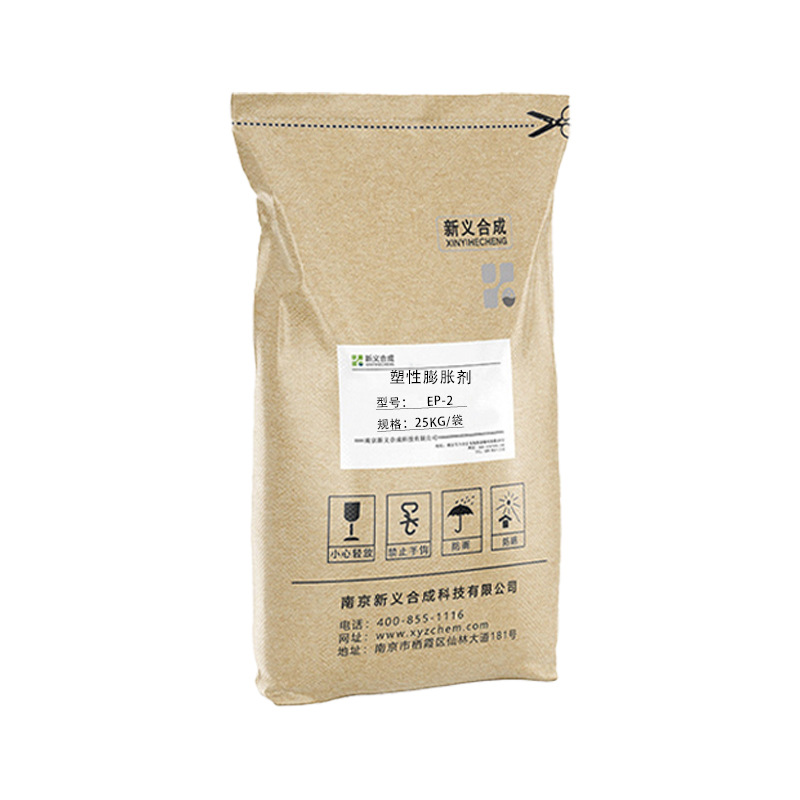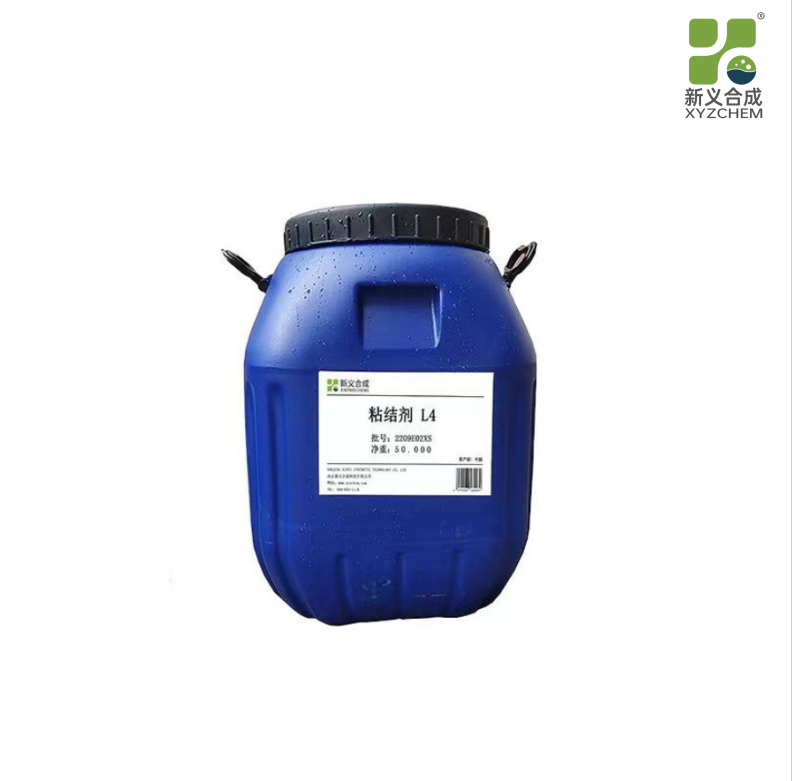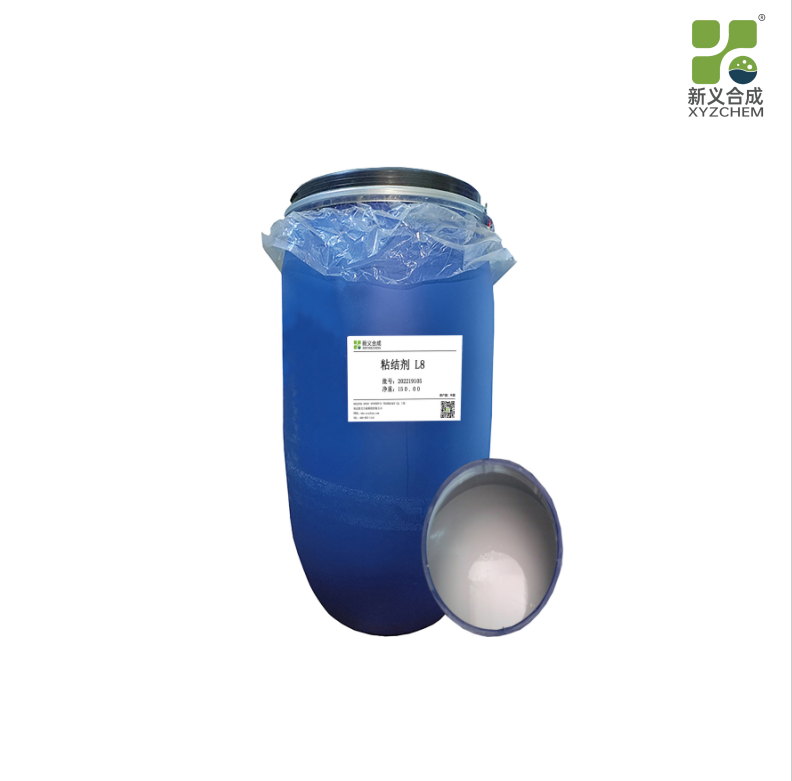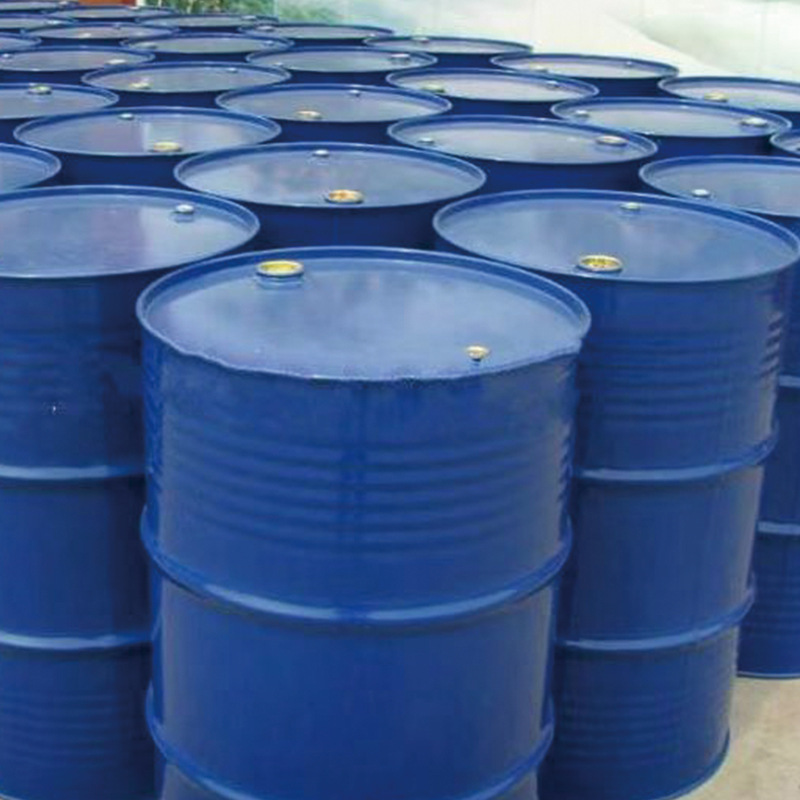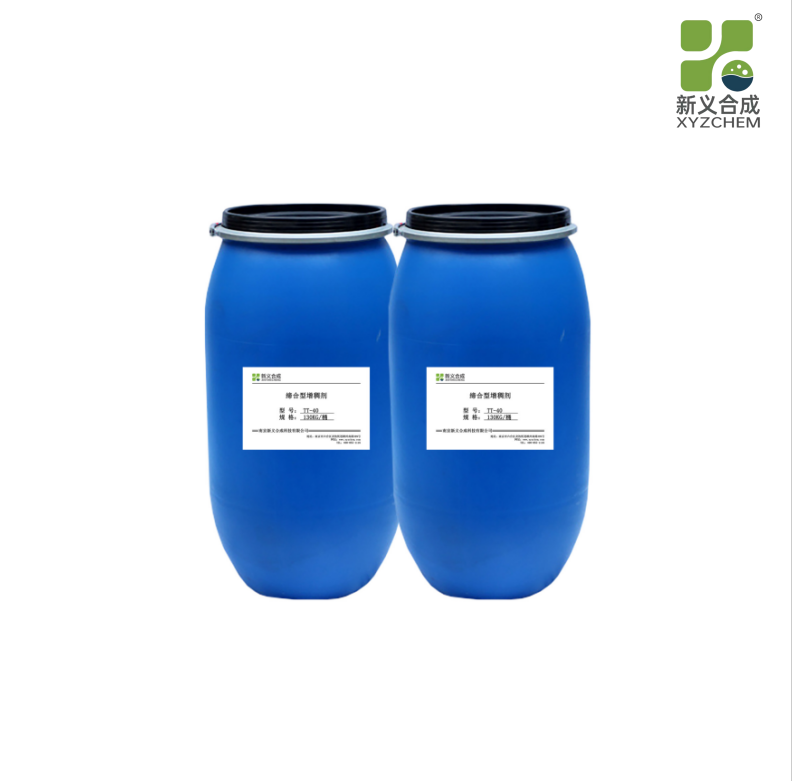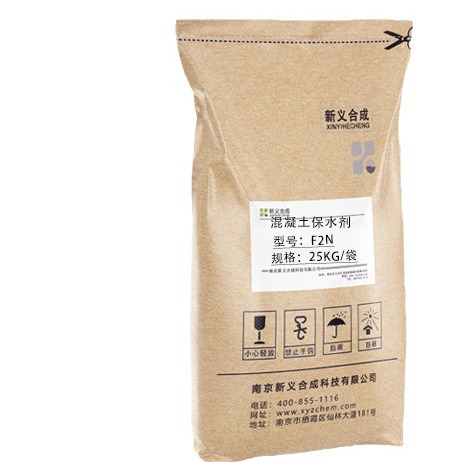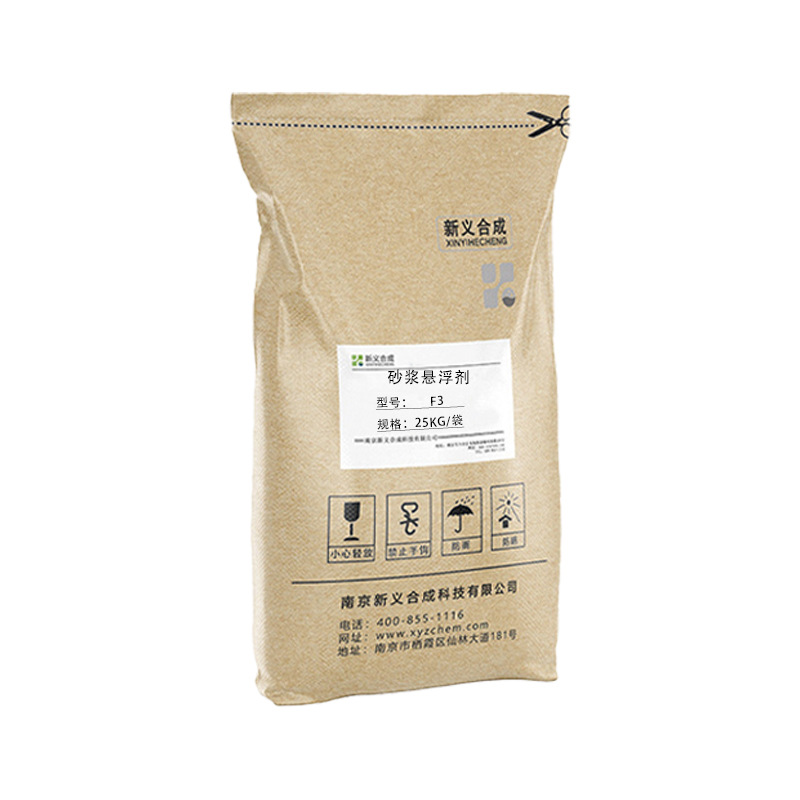Acrylic modified ethylene-vinyl acetate emulsion (abbreviated as modified emulsion) is a kind of high performance emulsion product, which is mainly prepared by introducing acrylic acid and its derivatives on the basis of ethylene acetate (VAE) emulsion. The following is a detailed description of this modified emulsion:
1.Product characteristics
Excellent performance: Through the introduction of acrylic acid and its derivatives, the modified emulsion has been significantly improved in terms of water resistance, creep resistance, alkali resistance and aging resistance.
Wide range of applications: Modified emulsions can be used in architectural interior wall coatings, mercerizing coatings, waterproof coatings, textile finishing agents, wood and paper adhesives and other fields.
Environmental health: no APEO, no formaldehyde, in line with environmental requirements, safe and non-toxic use.
2. Technical indicators
Appearance: Milky white liquid.
Viscosity: Usually between 500 and 2000 mpa.s, depending on the product model and application.
Solid content: Generally about 50% (mass fraction).
PH value: 4-6, slightly acidic.
Glass transition temperature (TG) : It varies depending on the product, but is generally around 26 degrees.
Minimum film forming temperature (MFT) : Low, usually around 12 degrees, helps the application of the emulsion in low temperature environments.
3.modification principle
The modified emulsion is mainly prepared by the copolymerization of vinyl acetate, vinyl and acrylic acid. In the polymerization reaction, the presence of acrylic acid and its derivatives can improve the properties of the polymer. For example, the long bond ester group in the butyl acrylate (BA) molecular chain can reduce the “hardness” of latex particles, improve tensile strength and elongation, while enhancing low temperature resistance. In addition, the presence of water-soluble functional monomers such as acrylic acid (AA) can improve polymerization stability, increase emulsion viscosity and mechanical stability.
4. Application field
Architectural coatings: The modified emulsion can be used to prepare high-performance interior and exterior coatings, waterproof coatings, etc., with good film formation, water resistance, weather resistance and adhesion.
Textile finishing agent: In the textile industry, modified emulsions can be used as finishing agents to improve the feel and performance of fabrics.
Adhesives: In the bonding process of wood, paper and other materials, modified emulsions can provide good bonding properties and water resistance.
5. Safety evaluation
Although vinyl acrylate copolymers have no direct toxic effects on human health under certain conditions, long-term exposure may cause chronic health effects. Therefore, when using modified emulsions, it is recommended to take appropriate protective measures, reduce the exposure time and amount, and strengthen health monitoring of long-term exposure.
6.Raw material preparation
Main monomers: vinyl acetate (VAc), ethylene, and acrylic or acrylate monomers (such as butyl acrylate BA, acrylic AA, etc.).
Vinyl acetate (VAc) is used as the main monomer, and its dosage usually accounts for the largest proportion.
Ethylene is used as a copolymer to improve some properties of emulsions.
Acrylic or acrylate monomers are used as modifiers to introduce desired properties such as peel strength, elasticity, resistance to low temperatures, etc.
Auxiliary raw materials:
Polyvinyl alcohol (PVA) : as an emulsifier and protective colloid, its polymerization degree and dosage have a great influence on the viscosity of the emulsion. Usually use an average polymerization degree of more than 1500 polyvinyl alcohol, the amount of monomer about 4-8%.
Emulsifiers: such as OP-10, sodium dodecyl benzene sulfonate, etc., used to form stable latex particles.
Initiator: such as potassium persulfate or ammonium persulfate, used to initiate polymerization.
Other additives: such as dibutyl phthalate as a plasticizer, sodium bicarbonate as a buffer, etc.
7. Polymerization process
Emulsion preparation:
An emulsifier and deionized water are added to a reaction vessel (e.g., a three-flask or a four-flask) with a stirrer, a thermometer and a feeding device, and the temperature is stirred to the specified temperature.
Add the mixed monomer (vinyl acetate, ethylene, acrylic or acrylate monomer) and the initiator solution.
After the addition, the temperature is heated to the polymerization temperature, and the polymerization reaction is kept for a certain time.
Polymerization process control:
The polymerization temperature, time, stirring speed and other parameters are controlled to ensure the smooth polymerization reaction.
Monitor emulsion status during polymerization, such as viscosity, stability, etc.
Post-processing:
After the polymerization, after cooling, neutralization, filtration and other post-treatment steps, acrylic acid modified vinyl acetate – vinyl emulsion was obtained.
8.Formula optimization
According to the specific application requirements, the emulsion performance can be optimized by adjusting the monomer ratio, the amount of emulsifier, the amount of initiator and other parameters.
Through experimental verification and performance testing, the best formula and process conditions are determined.
